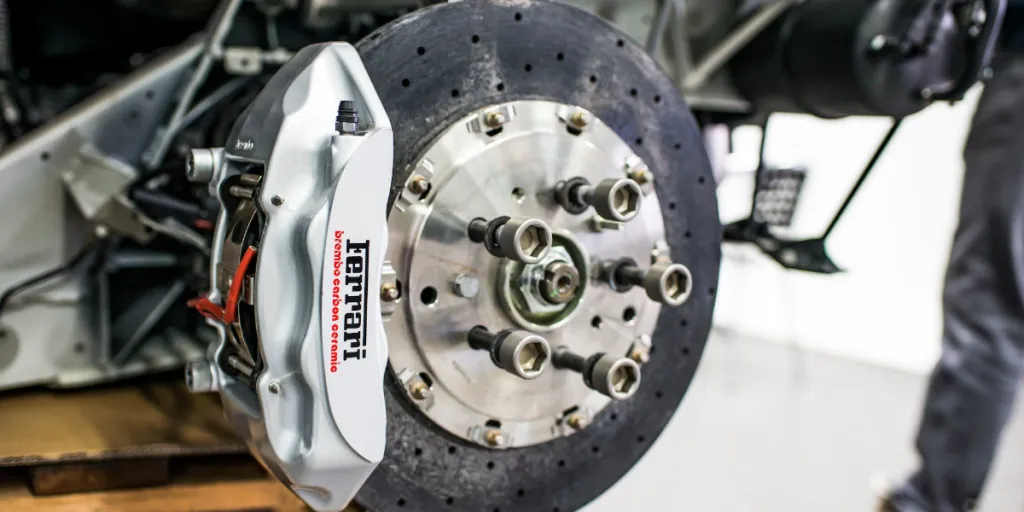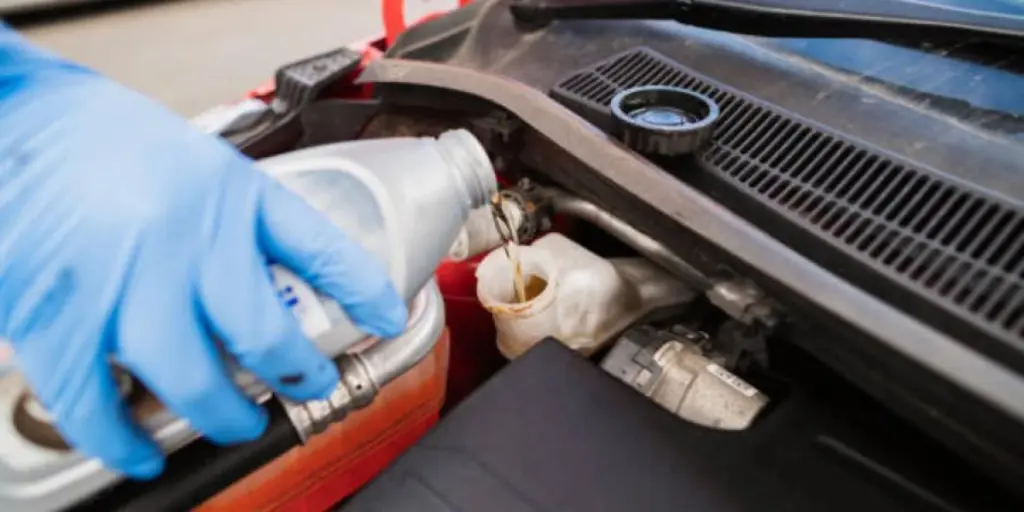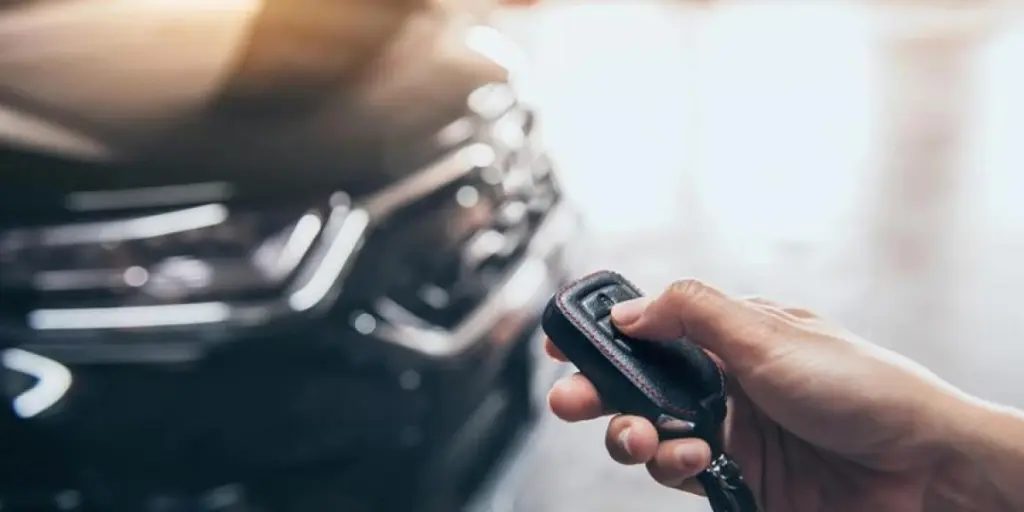Brake calipers are pivotal parts of a vehicle’s braking system. They are responsible for applying pressure to the brake pads and slowing the car. Faulty brake calipers can lead to many issues that affect the safety and performance of a vehicle.
As a result, it is essential for car owners to regularly inspect, repair and replace faulty brake calipers when necessary.
This article will highlight four signs of faulty brake calipers, the different types of brake calipers, why they wear off, and the perfect time for repairing or replacing them.
Table of Contents
How big is the automotive brake caliper industry?
Fixed vs. floating calipers: how do they work?
How do brake calipers wear off?
Are calipers fit for repair?
Why replace calipers in pairs?
Four signs that brake calipers are ready for replacement
The perfect time to examine and replace brake calipers
Final words
How big is the automotive brake caliper industry?
The global automotive brake caliper market was worth USD 8.28 billion in 2021 and is projected to achieve USD 10.7 billion by 2027. It’s also expected to expand at a compound annual growth rate (CAGR) of 3.5% from 2022 to 2027. The market is driven by rising concerns about vehicle safety, governments’ regulatory standards for vehicle safety, and an increase in global vehicle production.
Progressive shifts towards lightweight and composite materials in manufacturing automobile parts for electric and hybrid vehicles and advanced braking systems are also anticipated to boost market growth during the forecast period.
The pandemic slowed the demand for new vehicles, which caused a marked decline in 2020. Moreover, governments enforced various policies which affected automobile production. For example, it shut down manufacturing warehouses and restrained the labor force, contributing to the fall in revenue.
The market is divided into fixed and floating brake calipers based on caliper type. Fixed calipers are anticipated to be in great demand as the need for excellent performance and vehicles with low-carbon emissions will propel segment growth.
Regionally, Asia-Pacific is projected to dominate the market owing to China’s economic growth and the increasing spendable income of their middle-class consumers.
Also, the Chinese government has reduced the value of car taxes to boost sales. Coupled with the low production cost and high exportation of automotive parts, China will remain the largest shareholder in the market segment during the forecast period.
Fixed vs. floating calipers: how do they work?
Fixed brake calipers have pistons on both rotor sides and are fastened to the vehicle’s suspensions. When the driver steps on the brake pedal, it will press the pads onto the rotor, pushing the pistons outwards.
Also, the process will apply consistent pressure on the pads and the rotor because the caliper is stationary.
On the other hand, floating brake calipers have just one piston on the side of the rotor and are bolted to the vehicle’s suspension by a single pin. Upon depression, the hydraulic pressure pulls the piston inwards, clamping it to the rotor. As a result, the caliper glides along the guide pin as the rotor rotates, forcing the brake pad to move against the rotor.
Both types of brake calipers have their pros and cons. Due to their stationary design, fixed brake calipers have excellent braking performance and are less likely to cause brake fade under heavy use. However, they cost more and are harder to maintain.
Floating brake calipers are cheaper, lighter, and easier to maintain but may not perform as well as fixed calipers.
How do brake calipers wear off?
Brake calipers wear off for various reasons, with old age being one of the leading causes. Over prolonged use, the seals and other brake components wear out and deteriorate, affecting the calipers.
Excessive pressure on the brake pads also causes friction, which affects the brake calipers over time. Furthermore, the heat generated from the braking system can cause warping or cracking of the metal surface, leading to wear and tear.
Corrosion may also damage the metal surface of the caliper if exposed to moisture, salt, or other corrosive elements. On top of this, dirt, debris, or brake fluid can contaminate the brake caliper and cause it to malfunction.
Are calipers fit for repair?
Businesses can repair brake calipers if they don’t sustain severe damage or become rusty. The repair involves replacing worn-out automotive components like seals, pistons, and guide pins. It also requires cleaning and reassembling the caliper.
However, if the brake caliper is spoiled beyond repair, worn out due to overheating, or contaminated with brake fluid, replacing it is the best option.
It’s highly recommendable to have a qualified mechanic inspect and determine whether or not a caliper is due for replacement or needs minor repairs. It will eliminate the guesswork and ensure the optimal functioning of the vehicle.
Why replace calipers in pairs?
Brake calipers are frequently replaced in pairs to ascertain uniformity during brake performance. However, if one caliper is new and the other has wear damage, it may distribute the braking force unevenly.
For this reason, the braking system will suffer adverse effects like lower efficiency, increased stopping distance, and losing control while the vehicle is in motion.
Replacing brake calipers in pairs can also save time and money in the long run by ensuring both calipers have a similar lifespan. For example, suppose only one caliper is changed at a time. In that case, there may be a need to change the other later, incurring additional labor costs and potential recess in the vehicle’s performance.
Four signs that brake calipers are ready for replacement
Car pulling to one side
Faulty brake calipers usually cause uneven braking pressure, leading to the car pulling to one side. Unfortunately, this symptom can also cause brake pad and rotor uneven wear and tear on the affected side.
Carefully observe the car’s motion when applying brakes. If it tilts toward a particular side, it indicates a firmer grip toward that direction. However, if the vehicle leans slightly in the opposite direction after releasing the brakes, it clearly shows a faulty brake caliper.
Unusual brake noises
Loose brake calipers cause a squeaking or rattling noise whenever the brakes are applied. It’s a common symptom of a stuck caliper.
Likewise, it may also point towards a partially jammed piston in its cylinder bore, causing it to release unexpectedly and create unusual noises.
Uneven pad wear
Worn-out calipers often create uneven pressure on the brake pads, leading to more damage on one side than the other. It can also cause uneven rotor wear.
A loose brake caliper can also shift brake pads, preventing proper contact when the caliper hangs up. The brakes may also stick to the rotor instead of releasing freely, resulting in excessive wear and tear on the outer brake pads.
These issues are more common in floating brake calipers, as fixed calipers are motionless.
Brake fluid leakage
A brake caliper contains a piston that applies pressure when the brake pads operate. If the piston seizes or gets stuck, it can cause the brake fluid to leak from the caliper.
Nevertheless, faulty master cylinders or damaged brake lines can also cause brake fluid leakage. Therefore, it is crucial to have a professional examine and investigate the root cause of the problem before implementing solutions.
The perfect time to examine and replace brake calipers
Businesses should schedule regular checks and servicing for their vehicle’s brake systems. It helps avoid any unforeseen circumstances occurring due to faulty brake calipers.
Retailers can do a checkup once they detect any of the symptoms mentioned above or suspect the caliper has gone beyond its estimated lifespan.
Brake calipers typically last between 50,000 and 70,000 miles depending on driving conditions. Still, unplanned incidents may cause the brake caliper to spoil or wear before the estimated time.
When this occurs, sellers can use a qualified mechanic to assess the damage level before determining if it needs a replacement or simple repairs.
Following the manufacturer’s recommended maintenance calendar ensures the brake calipers and other automotive parts function correctly.
Final words
Brake calipers are critical components of a vehicle’s braking system. Flawed brake calipers damage a car, affect its performance, and endanger the life of the driver and other people on the road.
By understanding the four ways to recognize faulty brake calipers, businesses can maintain their fleet vehicles in good working conditions and lessen the risks of accidents and breakdowns on the road.This will ultimately ensure the safety of the vehicles, their occupants, and others on the road.




